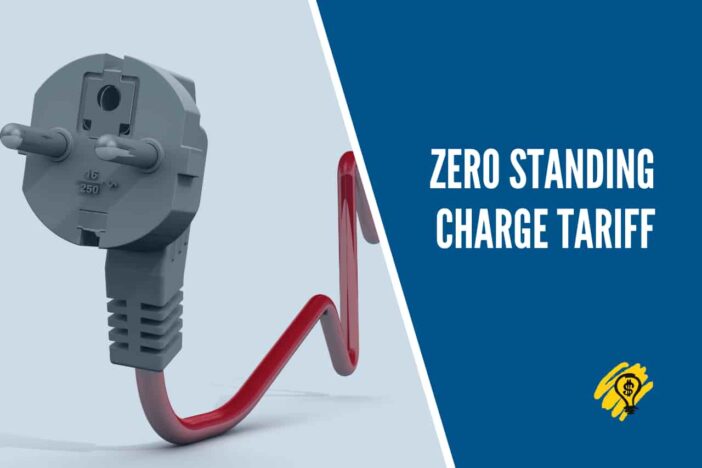The majority of your gas and electricity bills have what is called a standing charge. Unfortunately, this standing charge can contribute a lot to your energy bills. This is the reason why many business owners and homeowners are now choosing a zero standing charge tariff. This tariff can save you tons of money, especially if you live in more than a single home during the year.
Many people don’t know that they can get an energy deal that doesn’t have a standing charge attached to it. The good news is that some energy dealers offer a zero standing charge tariff. This page explains what you need to know about this charge tariff.
A standing charge tariff
Before you learn about a zero standing charge tariff, it’s a good idea to know about a standing charge tariff. A standing charge is simply a fixed daily cost of your energy and it’s automatically added to the energy bill. It tends to work in the same way as the broadband line rental costs. You should remember that you need to pay this tariff regardless of whether or not you use energy.
In most cases, you can pay a standing charge if you have a prepayment energy meter, postpaid energy meter, and many more. Therefore, you need to pay a standing charge fee to your energy supplier to cover the expenses of supplying you with electricity and gas.
More specifically though, a standing charge can cover the costs of physically supplying electricity and gas to your property, keeping your property connected to the energy network, energy network maintenance, and many more.
As explained earlier, standing charges apply to both electricity and gas. If your electricity and gas come from the same energy supplier, then you may need to pay an electricity standing charge and a gas standing charge. An energy supplier can indicate this on the energy bill as daily unit rates.
A no standing charge energy tariff
You can find some energy suppliers that offer low standing charges, and a couple of them offer a zero standing charge tariff. A zero standing charge tariff is also called a no standing charge tariff, and they can be great to some energy users.
In most cases, you may want to get a zero standing charge gas or electricity tariff if your home is vacant for several months during the year. Standing charges can apply regardless of whether or not you are using your property. This means you can end up overpaying on the energy bill. Therefore, a zero standing charge energy tariff can be cost-effective.
The benefit of having a zero standing charge energy tariff is that you pay for the energy that you consume. In other words, an energy supplier cannot charge you when you are not utilizing electricity or gas in your home.
Also, you can usually find that the unit cost of energy decreases after a set amount of electricity and gas has been utilized. This is useful if you have many properties on the one electricity or gas meter.



